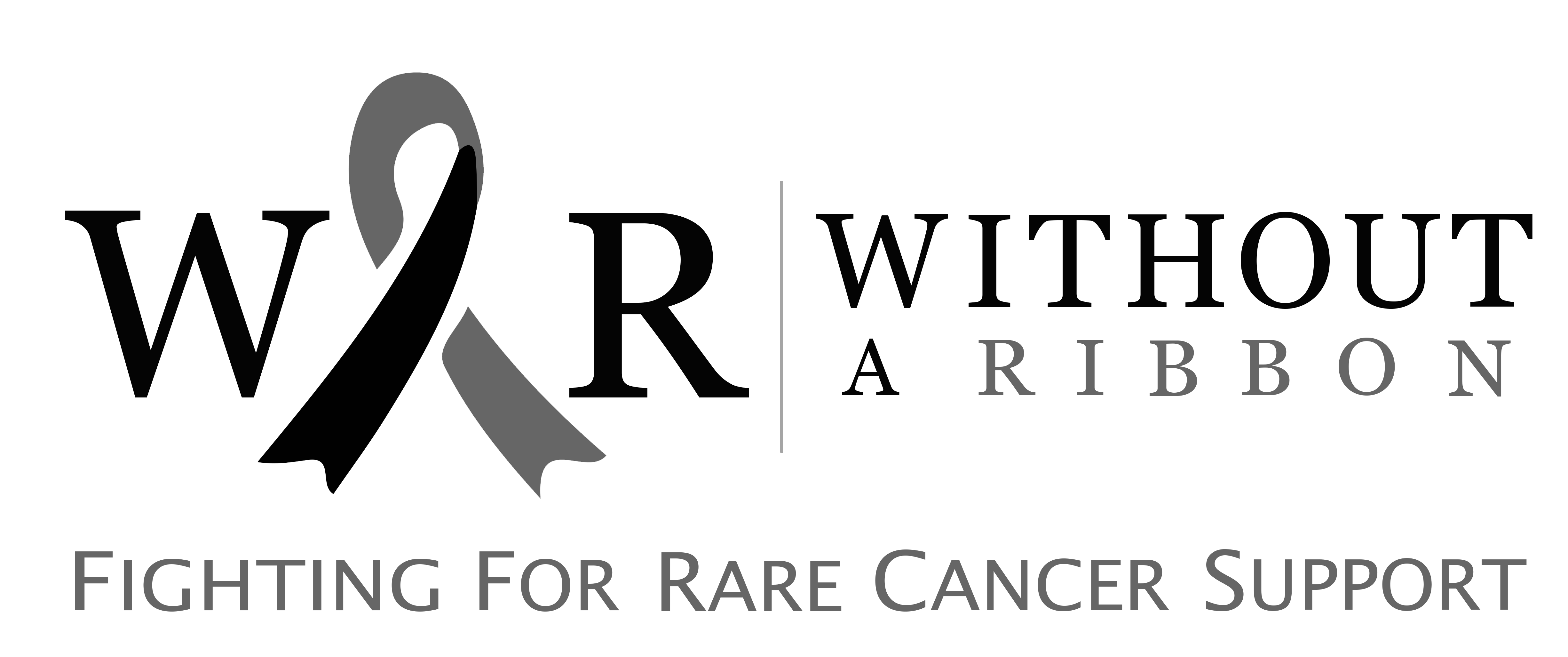What is Sinonasal Undifferentiated Carcinoma (SNUC)?
Sinonasal undifferentiated carcinoma (SNUC) is a rare, aggressive, and fast-growing cancer that originates in the nasal cavity or paranasal sinuses. It is known for its poor response to treatment and often progresses rapidly.
What is the Nasal Cavity?
The nasal cavity is a hollow space inside the nose responsible for filtering, warming, and humidifying incoming air, as well as detecting scents. It is lined with a mucous membrane and divided by the nasal septum.
Causes
The exact cause of sinonasal undifferentiated carcinoma is not well understood. However, several risk factors and genetic mutations may contribute to its development, including:
- Exposure to environmental chemicals (e.g., industrial dust, fumes)
- Smoking and alcohol consumption
- Previous radiation exposure
Signs and Symptoms
Common symptoms of sinonasal undifferentiated carcinoma include:
- Nasal blockage or bleeding
- Swelling of the face or facial pain
- Bulging of the eye
- Blurred or weakened vision
- Persistent headaches
Diagnosis
Diagnosing SNUC involves several advanced techniques:
- Imaging Tests: CT scans or MRIs help identify the tumour’s location, size, and extent.
- Tumour Biopsy: A biopsy of the tumour confirms the diagnosis and type of cancer.
- PET Scan: This advanced imaging method detects cancer spread to other areas of the body.
Treatment Options
- Surgery: Surgical removal of the tumour is the primary treatment, especially in the early stages, as it reduces the risk of recurrence.
- Radiation Therapy: Often used alongside surgery to destroy any remaining cancer cells and lower the risk of recurrence.
- Chemotherapy: Used when the cancer has spread to other parts of the body. However, its effectiveness in SNUC is generally limited.
Prognosis (Outlook)
Sinonasal undifferentiated carcinoma has a poor prognosis, even with treatment. The survival statistics are as follows:
- 5-year survival rate: Approximately 6%
- Median survival time: 12.7 months
Early diagnosis and aggressive treatment can improve outcomes, but the overall prognosis remains challenging due to the aggressive nature of this cancer.
You can help us with your donation:
Without a Ribbon is a charity that works hard to aid those who suffer from rare cancers. You can help our cause in a variety of ways:

